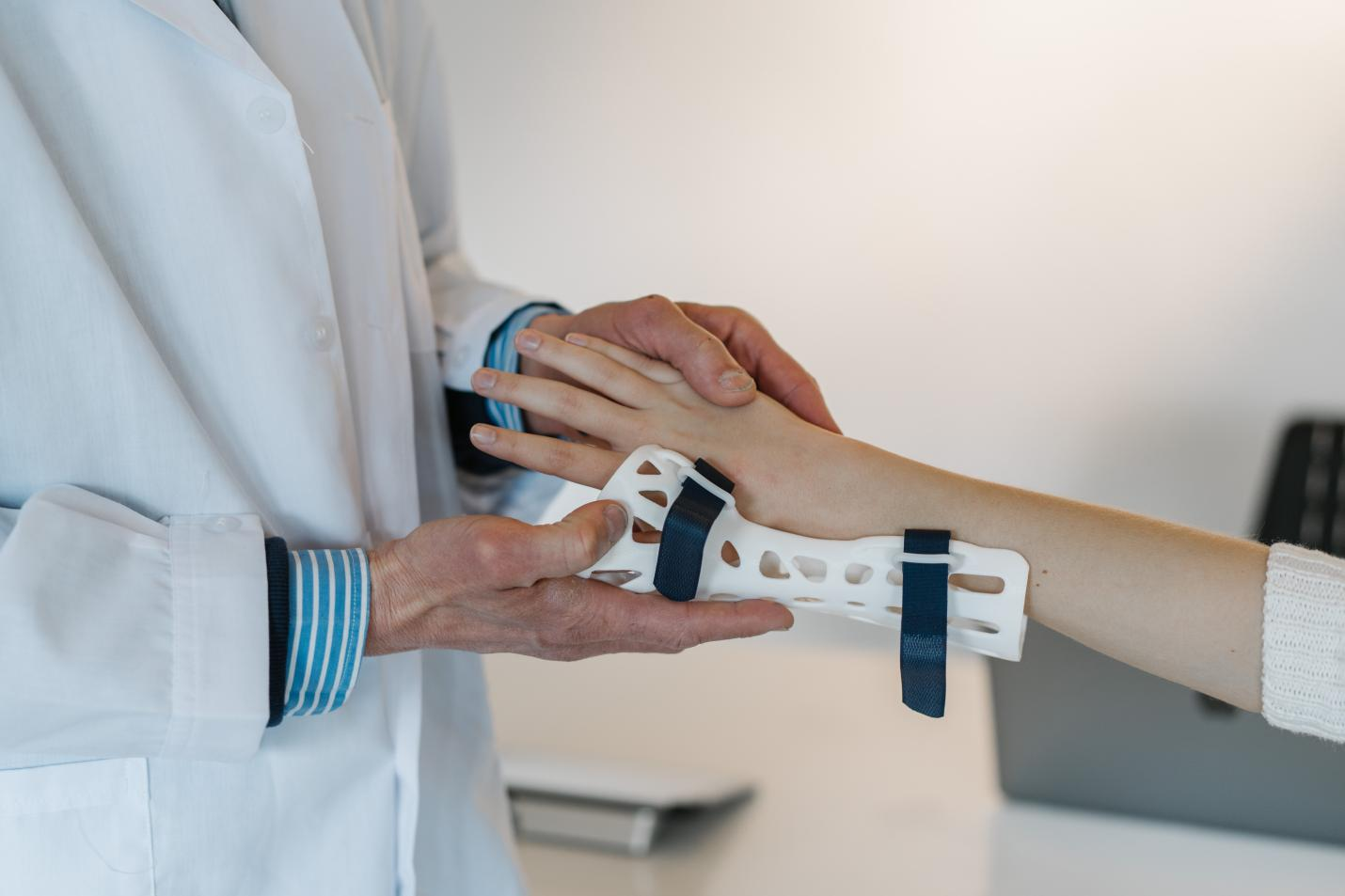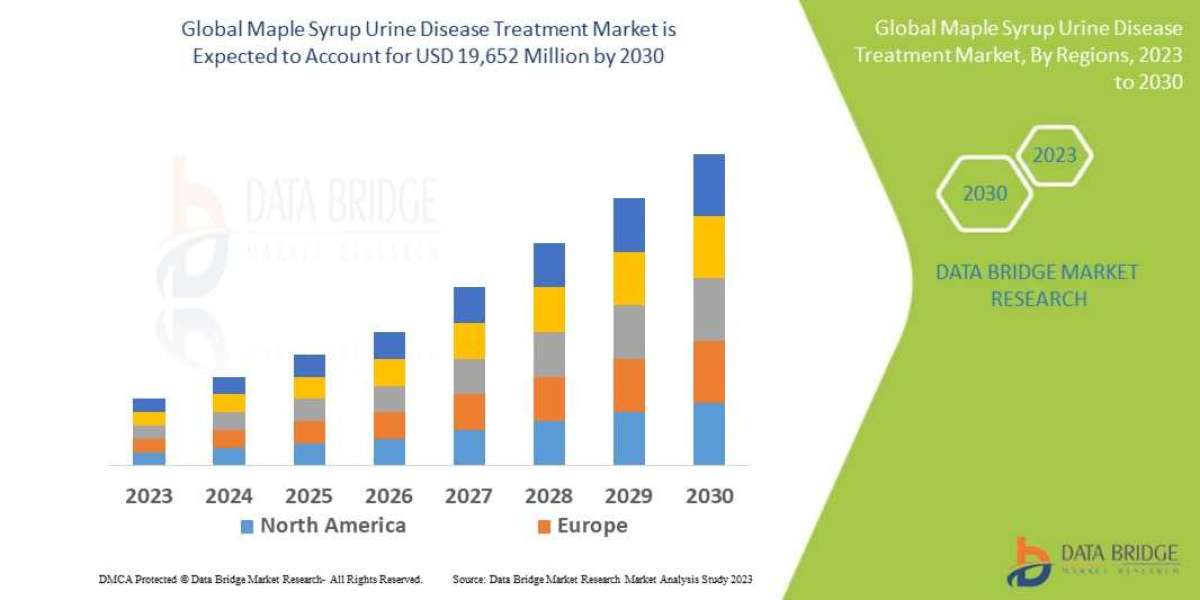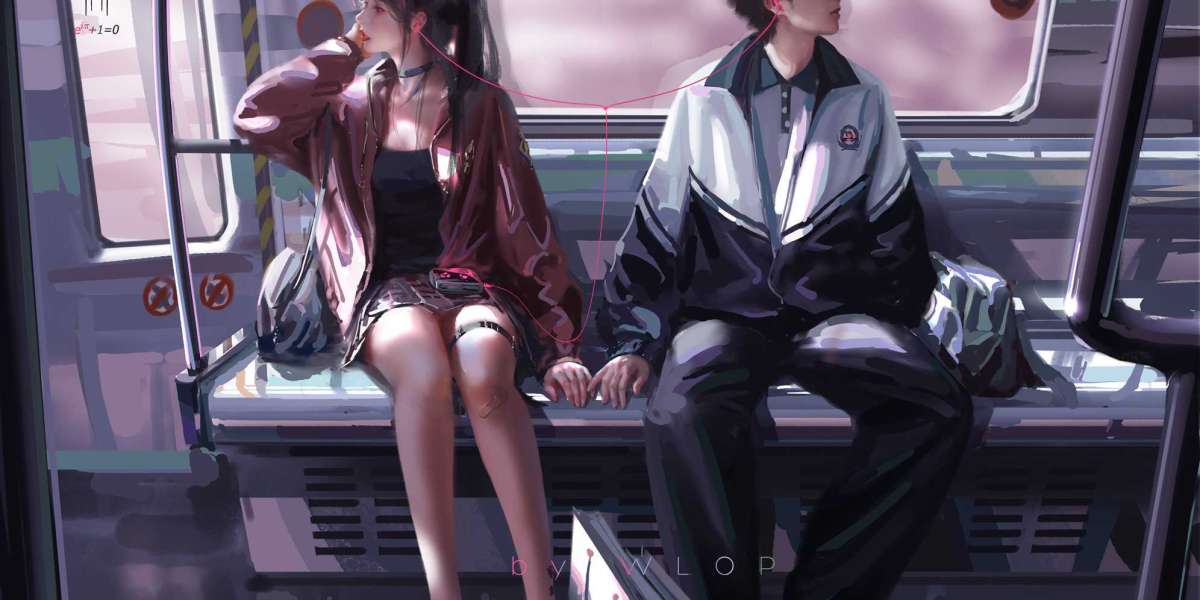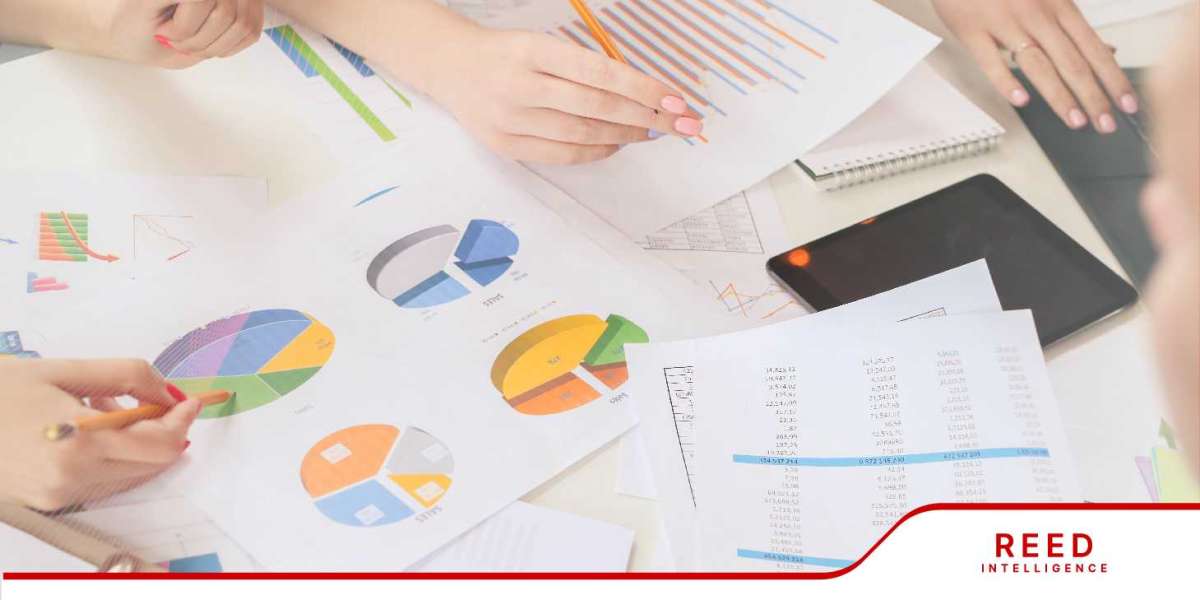As the world of 3D printing continues to evolve, many individuals and businesses are curious about the 3D printing costs associated with this innovative technology. Understanding these costs is crucial for making informed decisions, whether you are a hobbyist or a professional. In this article, we will delve into the various factors that contribute to the overall expenses of owning a 3D printer.

Initial Purchase Price of 3D Printers
The first and most obvious cost is the initial purchase price of the 3D printer itself. Prices can vary significantly based on the type and capabilities of the printer:
- Entry-Level Printers: Typically range from $200 to $500. These are ideal for beginners.
- Mid-Range Printers: Usually priced between $500 and $2,000. They offer better quality and features.
- Professional Printers: Can cost anywhere from $2,000 to over $100,000. These are designed for industrial applications.
When considering the 3D printing costs, it is essential to evaluate what you need from your printer. Are you looking for high precision, speed, or a larger build volume? Your requirements will dictate the initial investment.
Material Costs in 3D Printing
Another significant component of 3D printing costs is the materials used for printing. The most common materials include:
- PLA (Polylactic Acid): Affordable and easy to use, typically costing $20 to $50 per kilogram.
- ABS (Acrylonitrile Butadiene Styrene): Slightly more expensive, ranging from $25 to $60 per kilogram.
- Specialty Filaments: Such as nylon or PETG, can cost upwards of $50 per kilogram.
It is important to note that the choice of material not only affects the cost but also the quality and durability of the printed object. Therefore, consider your project requirements when selecting materials.
Maintenance and Operating Costs
Beyond the initial investment and material costs, ongoing maintenance is another aspect of 3D printing costs that should not be overlooked. Regular maintenance can include:
- Replacing worn-out parts such as nozzles and belts.
- Software updates and upgrades.
- Cleaning and calibrating the printer.
These costs can add up over time, so budgeting for maintenance is essential. If you neglect maintenance, it could lead to more significant issues and higher repair costs in the long run.
Conclusion: Evaluating Your 3D Printing Costs
In conclusion, understanding the 3D printing costs involves more than just the initial purchase price of the printer. It encompasses material costs, maintenance, and potential upgrades. By carefully evaluating these factors, you can make a well-informed decision that aligns with your needs and budget. Whether you are a hobbyist or a business, investing in a 3D printer can be a rewarding experience if approached thoughtfully.






